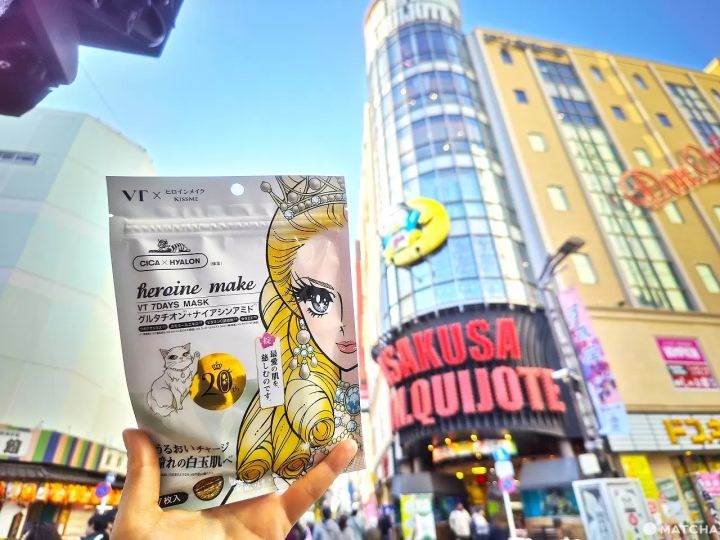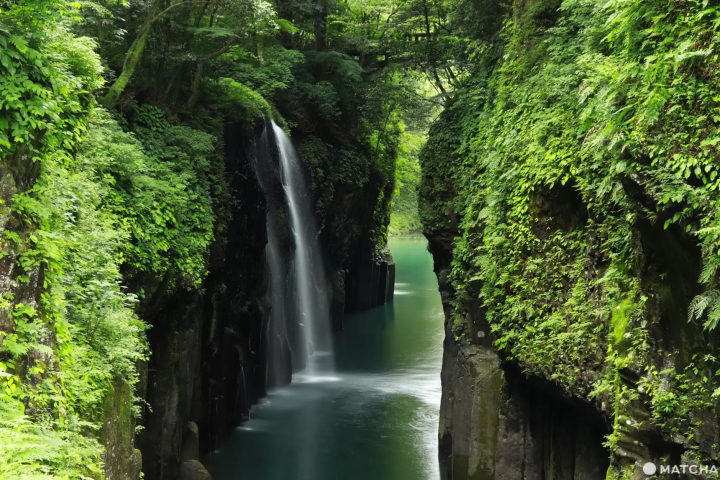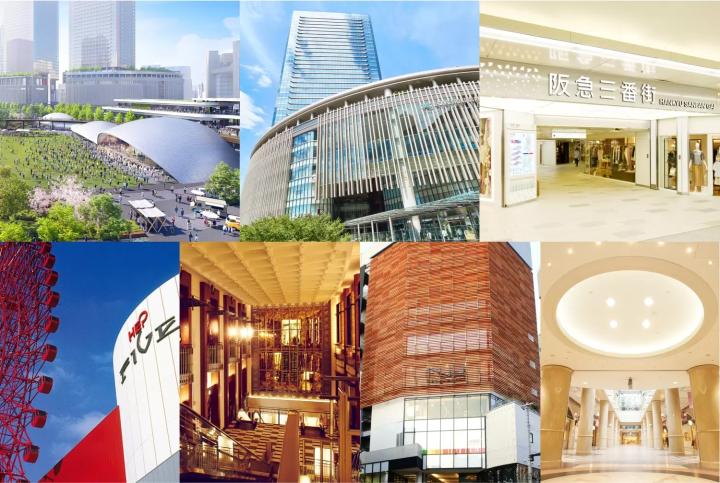[Food Culture] Congratulations! Japan's "Traditional Sake Brewing" has been registered as an Intangible Cultural Heritage by UNESCO!
![[Food Culture] Congratulations! Japan's "Traditional Sake Brewing" has been registered as an Intangible Cultural Heritage by UNESCO!](https://resources.matcha-jp.com/resize/720x2000/2024/12/24-216846.webp)
On December 5, 2024, traditional Japanese sake brewing will be registered as a UNESC Intangible Cultural Heritage! This time, we will introduce traditional Japanese sake brewing and Gold-Guide's recommended sake tours!
Gold-Guide is a guide matching platform operated by West Japan Marketing Communications Inc,.which matches tourists visiting Japan with highly skilled interpreter guides and provides guided tours.
-
Table of Contents
- What is UNESCO Intangible Cultural Heritage?
- Registered heritage, traditional sake brewing
- Gold-Guide Sake Tour
- Useful tips about sake that you can start using tomorrow! Will you be a sake expert now?
What is UNESCO Intangible Cultural Heritage?
The Convention for the Safeguarding of the Intangible Cultural Heritage (Convention for the Safeguarding of the Intangible Cultural Heritage) was adopted by the UNESCO General Conference in 2003 with the aim of safeguarding intangible cultural heritage, in recognition of the threat of its decline and disappearance due to the progress of globalization and changes in society. This convention established a framework for promoting the international safeguarding of intangible cultural heritage in addition to tangible cultural heritage, which was the subject of the World Heritage Convention, and Japan, which has been actively involved in the convention since its formulation, ratified the convention in 2004. Currently, there are 23 registered heritage sites.
Registered heritage, traditional sake brewing
Sake brewing is one of the food cultures that has been rooted in Japan since ancient times, and its prototype is said to have been established more than 500 years ago. Traditional sake brewing techniques, while sharing the common feature of using "koji", have developed in different parts of Japan according to the climate and environment, and have been handed down and passed down in the production of sake, shochu, awamori, mirin, and other sakes.
Gold-Guide Sake Tour
Sake is enjoyed in the widest area of Japan, while shochu is especially popular in Kyushu, and awamori is drunk in Okinawa. Each type of alcohol has its own unique characteristics rooted in the region. Of these, sake is probably the type most likely to be encountered by travelers visiting Western Japan, especially Kansai. This is because Japan's three major sake-producing regions are all located in the Western Japan area: Kyoto (Fushimi), Hyogo (Nada), and Hiroshima (Saijo). (*There are various theories.) Gold-Guide offers sake tours in Fushimi and Hyogo , two of these sake-producing regions. In particular, Nada is a tour that takes you to two or three sake breweries and teaches you about sake, so if you would like to take this opportunity to learn more about sake, please make a reservation.
Useful tips about sake that you can start using tomorrow! Will you be a sake expert now?
①How many sake breweries and brands of sake are there?
Currently, there are about 1,400 sake breweries in Japan. The number of brands changes every year, but since each brewery usually sells several brands, it is said that there are about 10,000. By the way, the most commonly used feeling for sake is "mountain." It is said that this is because it evokes images of clean water and nature.
②What is the alcohol content?
The alcohol content of sake, as stipulated by Japan's Liquor Tax Law, is less than 22%. Most sake sold is around 15%. If it's over 22%, it's sold as a liqueur! Incidentally, the sake with the highest alcohol content in Japan is "Echigo Samurai" from Tamagawa Sake Brewery, a long-established sake brewery in Niigata Prefecture. It has an alcohol content of a whopping 46%! It is sold as a liqueur.
3. Sweet and dry
When describing the taste of sake, they are often referred to as "sweet" or "dry," but this is determined by the amount of sugar that is produced during the sake brewing process. "Sweet" sake is one that has undergone weak fermentation and still has a lot of sugar remaining. On the other hand, "dry" sake is one that has been fermented more and has less sugar. The polysaccharides in sake do not give it a sweet taste, so sweet does not mean it is sweet like a dessert. Also, people's tastes vary, so how can you tell the difference between sweet and dry?
The answer lies on the label. On sake labels, the "sake meter value" is displayed as a "+ (plus)" or "- (minus)." The more "+" the lower the sugar content, the drier the sake, and the more "-" the sweeter the sake. You may wonder, "Why is it displayed as a minus value even though the sugar content is high?" The sake meter indicates the "specific gravity of the sake," not the amount of sugar. To measure the specific gravity of sake, a "sake meter" is used. If the sake contains a lot of "sugar," which is heavier than water, the sake meter will float and the sake will be "minus (sweet)," and conversely, if the sake contains little sugar, the sake meter will sink and the sake will be "plus (dry)."
Don't miss this opportunity to learn about traditional Japanese sake brewing, which has been registered as a UNESCO Intangible Cultural Heritage!
Gold-Guide has many interpreter guides who are experts in the alcohol field!
[Gold-Guide] is a platform that matches tourists visiting Japan with excellent interpreter guides and offers guided tours. We provide memorable guided tours for customers looking for a special experience in Japan. We want to share the charm of Japan with people all over the world.
The contents on this page may partially contain automatic translation.



































![[ Naruto City, Tokushima Prefecture ] Experience the world's largest whirlpools up close on a sightseeing boat at the Spring Whirlpool Festival!](https://resources.matcha-jp.com/resize/720x2000/2025/02/05-222727.webp)
![[Latest] Complete Guide to atmos Exclusive Sneakers and Special Edition Models | Apparel and Upcoming Releases](https://resources.matcha-jp.com/resize/720x2000/2025/12/12-252706.webp)
![[TICKET INTRODUCTION] ZAKURO SHOW](https://resources.matcha-jp.com/resize/720x2000/2025/12/19-253305.webp)